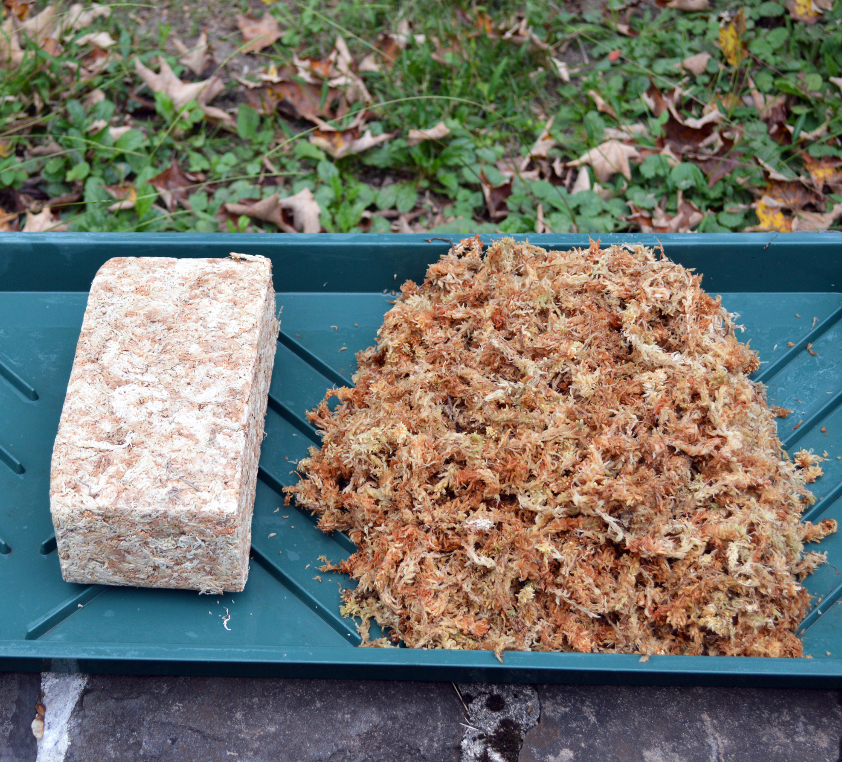Material exploration: Sphagnum moss
This blog entry will be a ‘living’ description on explorations with Sphagnum moss, updated as material explorations progress.
Last fall, my friend, collaborator and moss-lover Marie Louise Juul Søndergaard introduced me to the curious connections of moss and menstruation. Many of the ideas and explorations in this entry build on our conversations and shared experiments.

Sphagnum moss, also known as ‘peat moss’, is a variety of mosses that can hold large quantities of water inside its cells, up to 25 times its dry weight, and it can be found all over Sweden [Global Biodiversity Information Facility]. Because of its highly absorbent and antiseptic properties, Sphagnum moss is used as a soil conditioner in gardening, and, curiously enough, it has also been used throughout history to absorb bodily fluids. This moss has been used in many indigenous cultures as a lining and ‘disposable diaper’ for infant’s cradles, or in western culture, for dressing wounds during the World Wars [Robin Wall Kimmerer, 2003. Gathering moss: a natural and cultural history of mosses].
Thus, it is not surprising to find instances of the use of this moss for collecting menstrual blood, and even manufactured examples, such as a moss-filled sanitary pads that briefly circulated in the USA during 1919, named ‘Sfag-na-kins’ [SFAG-NA-KINS menstrual pad box and ads]. The feasibility and implications for both the environment and women’s health for using Sphagnum moss as a material for menstrual products are extremely positive [Tracy E Roe. Sustainability, menstrual products and sphagnum moss : An investigation].
 I have tried drying sphagnum moss Marie Louise and I harvested from a forest in Stockholm last fall. I used a bamboo herb drying structure I purchased here: Örttork - Torkolla, Robygge - Hus & Hem - Robygge.se.
I have tried drying sphagnum moss Marie Louise and I harvested from a forest in Stockholm last fall. I used a bamboo herb drying structure I purchased here: Örttork - Torkolla, Robygge - Hus & Hem - Robygge.se.
Accumulations of Sphagnum can store water, since both living and dead plants can hold large quantities of water inside their cells; plants may hold 16 to 26 times as much water as their dry weight, depending on the species. From Sphagnum - Wikipedia
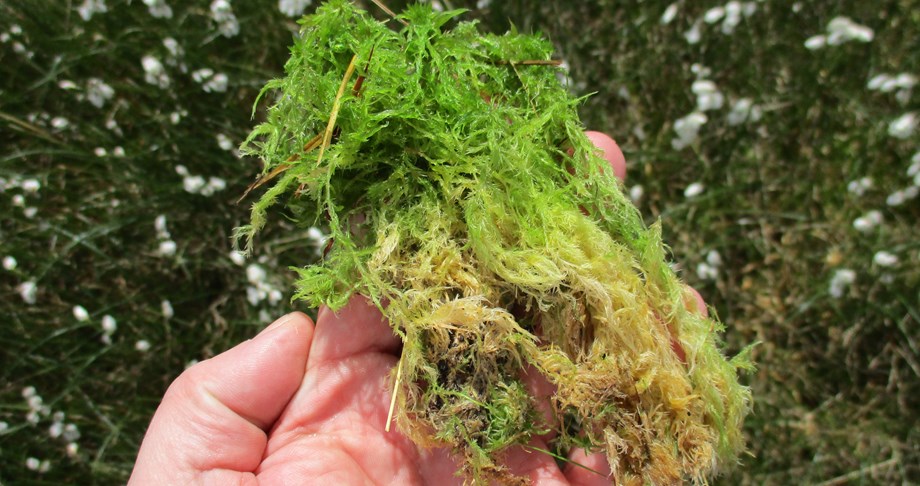
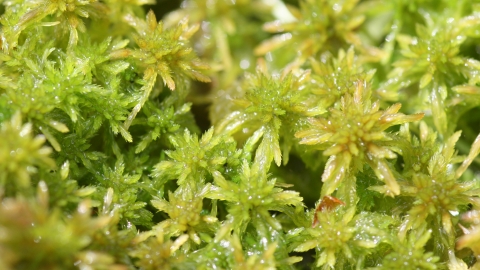
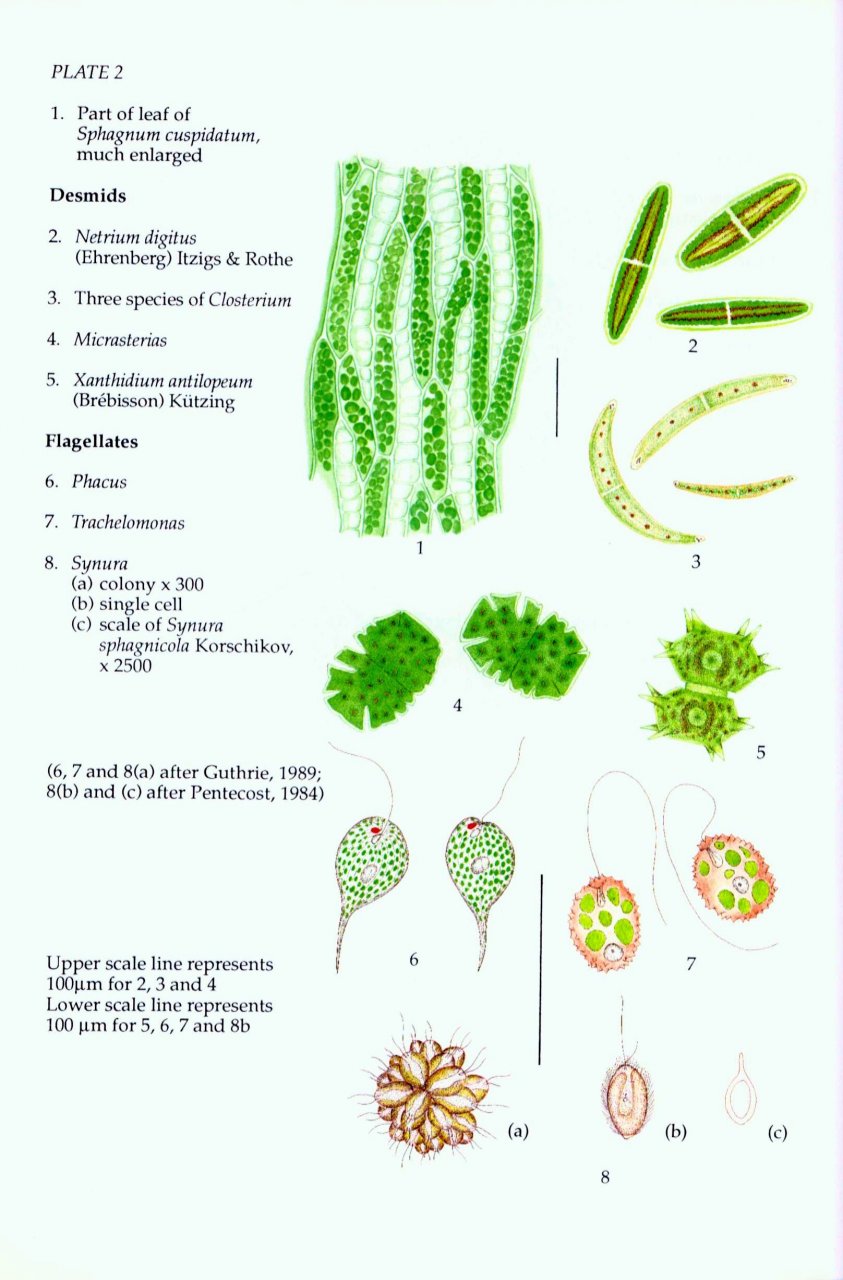 Microscopic Life in Sphagnum
Microscopic Life in Sphagnum
Sphagnum moss is often used in crafting and gardening as a planting medium (for example, for orchids), for lining baskets, for seed starting, or for decorative purposes, such as the Japanese moss balls called kokedama.
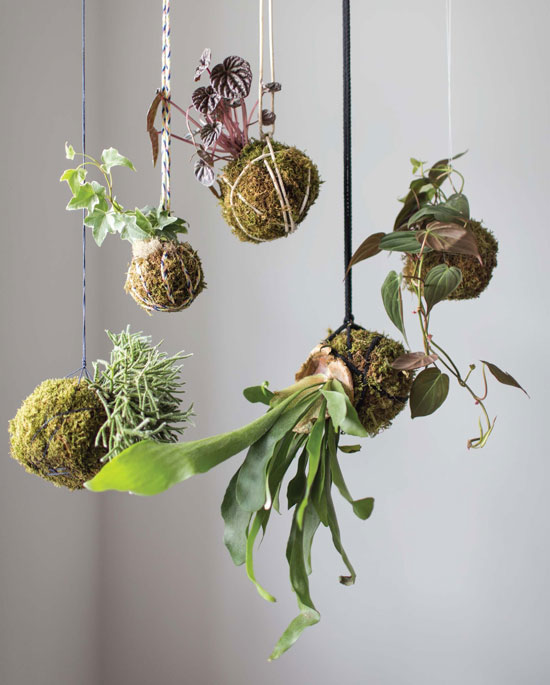
DIY: Häng upp växterna – så gör du en kokedama
Knitting Sphagnum
As an initial design experiment, I have attempted to knit my dried sphagnum between layers of cotton (this could be another biodegradable yarn instead). The texture of the dried moss is very powdery —it disintegrates quickly, and therefore it might be the best kind of material to spin into fibers, or to put in direct contact with intimate areas. These kid of patches could later be incorporated into pouches or pockets of fabric, similar to the SFAG-NA-KINS, which would be much more comfortable against the skin.
Dried moss can be regrown later by just adding water. Perhaps the nutrients in menstrual blood, acting as a fertilizer, could contribute to the growth.
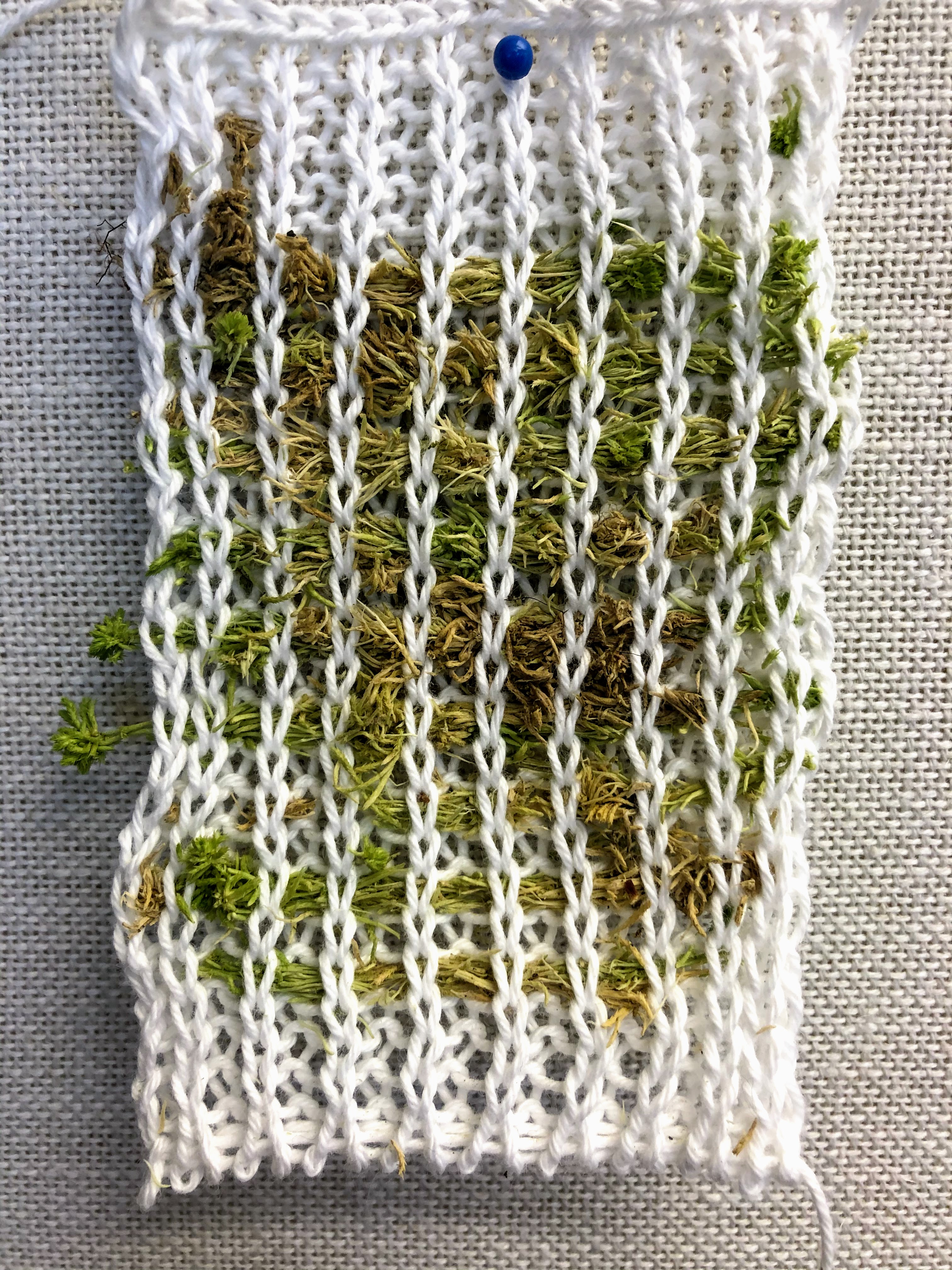
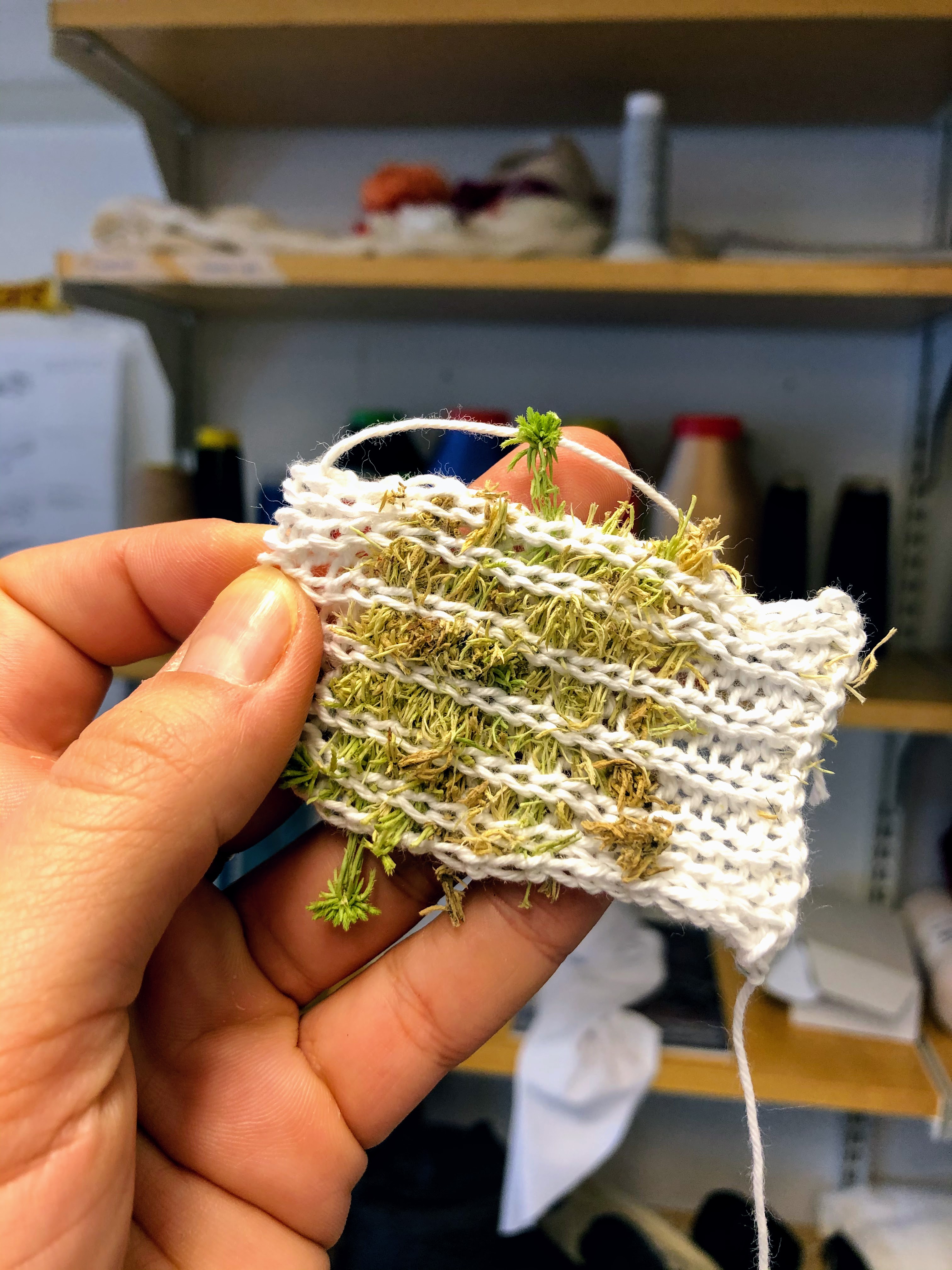
Compressed sphagnum
Moss blocks can be purchased in gardening stores, and are often used to retain moisture in potted plants. Perhaps one could imagine a tampon made from one of these moss blocks?
